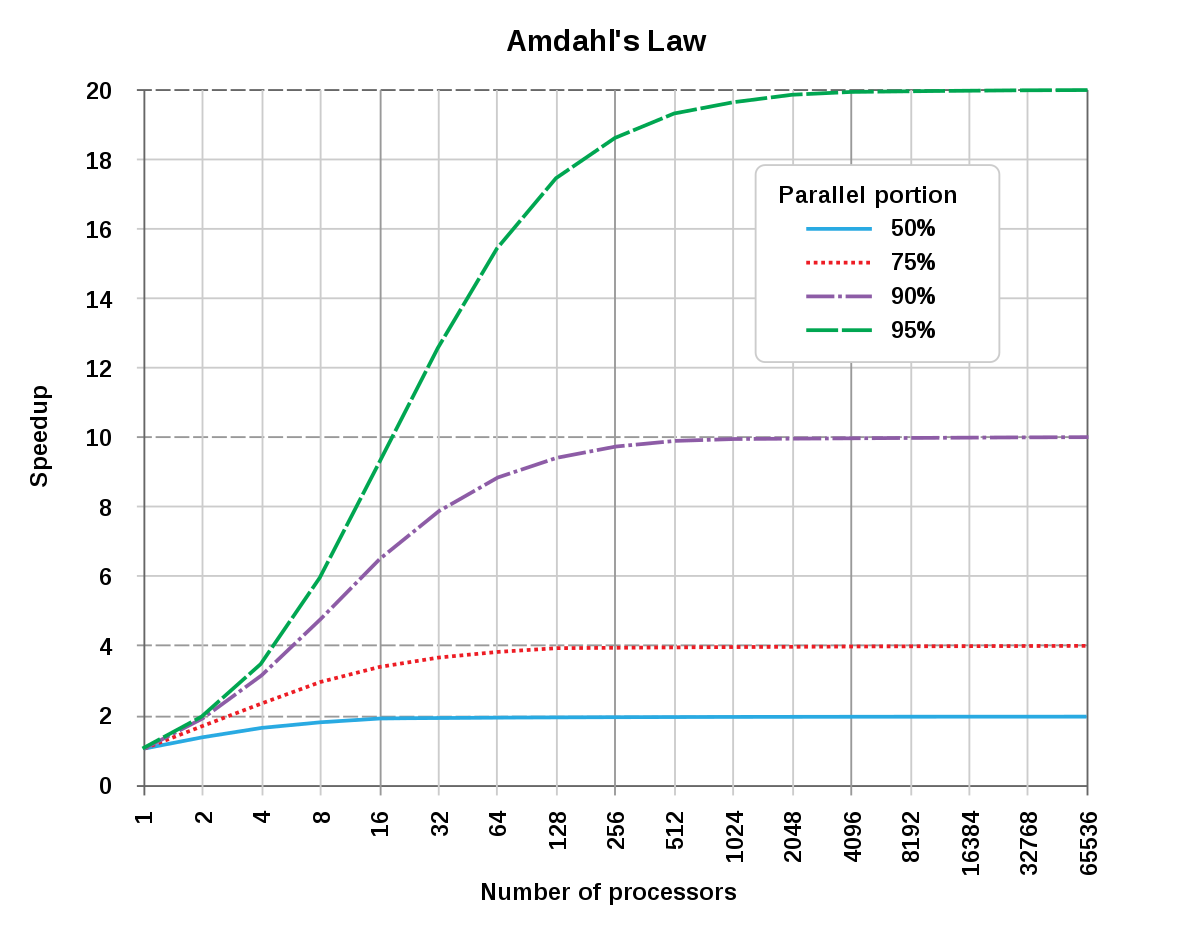Computational Social Science
Karl Ho
School of Economic, Political and Policy Sciences
University of Texas at Dallas
Introduction
Computational social science ≠ computer science + social data
-
What is Computational Social Science?
-
Emerging interdisciplinary field that combines social science theories and methods with computational techniques to study complex social phenomena.
-
Featuring large-scale data analysis and computer simulations to explore social dynamics, understand human behavior, and test social theories.
-
Employing data from social media, online networks, digital archives, and administrative records, to uncover patterns, trends, and insights.
-
-
How CCS works?
-
Introducing computational tools and algorithms that can handle the complexities of social data, such as network analysis, text mining, machine learning, and agent-based modeling.
-
Transforming social science research, offering new ways to address longstanding questions, discover novel patterns, and gain deeper insights into social phenomena.
-
-
Challenges
-
ethical considerations related to data privacy, bias, and algorithmic transparency
-
interdisciplinary collaboration and methodological rigor.
-
-
-
CCS needs new training and education programs to equip researchers with the necessary skills and knowledge to leverage computational techniques effectively.
-
New Challenges
- Misalignment of universities
- Integration of social science with computer science and data science is slow
- Parochialism
- Data Science in traditional STEM disciplines not recognizing structure and generation of new big/social data
- Multidisciplinary research may be less well recognized and rewarded.
- Inadequate Data-Sharing Paradigm
- Facebook, Twitter limit data access (API changes, blocks to data collection)
- Found data DGP
- Big tech gags research/academic freedom
- Misalignment of universities
-
Suggestions
- Strengthen collaboration
- New data structures
- Factor ethical, legal and social implication in data design
- Reorganize higher institutions/universities
What is difference between CSS and Data Science?
-
CSS uses Data Science methods and tools for Social Science studies and solve social and political problems:
-
Machine Learning
-
Collection of Big/Social data
-
Analytics: visualization, data/information management
-
How about SDAR?
-
Social Data Analytics and Research is:
-
Data Science
-
Also CSS on computational part
-
Interdisciplinary by design, not limited to Social Science
-
Causal Inference, Methods, Forecasting (Economics)
-
Social and Political studies (Sociology, Political Science)
-
Policy studies (PPPE, PNM)
-
Spatial analysis (GIS)
-
-
Some key terms
-
Algorithm
-
Artificial Intelligence (AI)
-
Computational thinking
-
Computational modeling
-
Parallel computing
-
Machine learning
-
Deep learning (NN, CNN, RNN)
-
NLP (Natural Language Processing)
-
Language Models or Large Language Models (LLM)
-
Agent-based Modeling
ML, DL, NLP and AI


CNN Model in Action

CNN Model in Action

Parallel Computing: Amdahl's law
Amdahl's Law:
$$S = \frac{1}{(1-P)+\frac{P}{N}}$$
Where:
- S is the speedup of the system.
- P is the proportion of the system that can be improved.
- N is the number of processors used in the system.
Amdahl's Law is used to calculate the theoretical speedup of a system when making improvements to only a portion of the system, given the proportion of the system that can be improved and the number of processors used in the system.
Reference:
Amdahl, Gene M. "Validity of the Single Processor Approach to Achieving Large Scale Computing Capabilities." Proceedings of the April 18-20, 1967, Spring Joint Computer Conference. 1967.
Parallel Computing: Amdahl's law
-
doSNOW has the advantage of working on both Windows and Mac OS X.